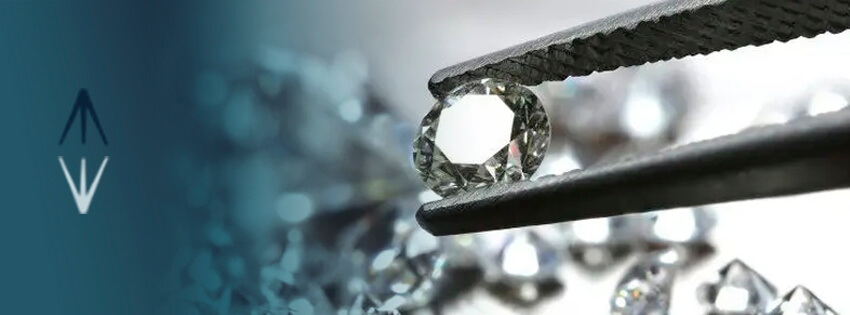Measuring diamonds is a crucial process that determines their value and quality. Through various methods and tools, experts evaluate characteristics such as carat weight, dimensions, cut, color, and clarity. In this post, we will explore in detail how each of these aspects is measured and why they are important. Additionally, we will provide information on the professional tools used in the industry to ensure accurate evaluation. If you’re interested in learning more about this fascinating process, keep reading to discover everything you need to know about measuring diamonds.
What to Consider When Measuring Diamonds
1. Carat Weight
The weight of a diamond is measured in carats, where one carat equals 200 milligrams. This is the most recognized measure and directly affects the price of the diamond.
Example: A 1-carat diamond weighs 0.2 grams.
2. Dimensions in Millimeters
Physical dimensions, such as diameter and height, are measured in millimeters. These measurements are crucial for evaluating the proportion and symmetry of the diamond.
Example: A round 1-carat diamond typically has a diameter of approximately 6.5 mm.
3. The 4Cs: Cut, Color, Clarity, and Carats
The 4Cs are the international standards for evaluating diamonds. Each of these characteristics influences the quality and value of the stone.
- Cut: Evaluates how a diamond has been cut and polished. The proportions of the cut affect the diamond’s brilliance and appearance.
- Color: The absence of color is an important criterion. Diamonds are graded from D (colorless) to Z (light yellow or brown).
- Clarity: Determines the purity of the diamond, i.e., the absence of inclusions and blemishes. It is graded from Flawless (no imperfections) to Included (with inclusions visible to the naked eye).
- Carat Weight: As mentioned earlier, it is the measure of the diamond’s weight.
4. Gemological Certificates
Gemological certificates provide a detailed and accurate assessment of a diamond. Organizations like the Gemological Institute of America (GIA) issue these certificates, which include information about the 4Cs and other diamond characteristics.
Methods and Tools Used to Measure Diamonds
- Diamond Calipers: Precision instruments that measure the dimensions of the diamond.
- Carat Scale: Used to measure the exact weight of the diamond in carats.
- Gemological Loupes and Microscopes: Help evaluate the clarity and inclusions within the diamond.
- Diamond Testers: Electronic tools that can distinguish between real and synthetic diamonds based on thermal conductivity.
Frequently Asked Questions About Measuring Diamonds
What Does Carat Mean in Diamonds?
A carat is the unit of weight for diamonds, where one carat equals 200 milligrams. It directly affects the value of the diamond.
How is Diamond Clarity Measured?
Clarity is measured by evaluating the number, size, and location of inclusions and blemishes within the diamond. It is graded from Flawless (no imperfections) to Included (with inclusions visible to the naked eye).
Why is Diamond Cut Important?
The cut affects how light is reflected within the diamond, influencing its brilliance and fire. A good cut can make the diamond appear larger and more brilliant.
What Tools Are Used to Measure Diamonds?
Diamond calipers, carat scales, gemological loupes and microscopes, and diamond testers are used to measure and evaluate various diamond characteristics.
Conclusions on How to Measure Diamonds
Accurately measuring diamonds is essential to determine their value and quality. Understanding the 4Cs and using the right tools can help buyers and sellers make informed choices. For more information on diamond properties, you can visit our article on the main properties of diamonds, and if you’re interested in learning more about the different types of diamonds, we invite you to read about the 12 types of diamonds. Also, discover the fascinating history of the 10 most famous diamonds in history.
For high-quality translations, consider using HIX Translate. Powered by ChatGPT 3.5/4, it ensures accurate and engaging translations.




